New Mexico is known for its beautiful deserts, but it also features lush green mountains. As a large state, it encompasses many different ecosystems, and that means a wide variety of native plants on the New Mexico native plants list. From cacti to flowering shrubs to ornamental grasses, this state has it all.
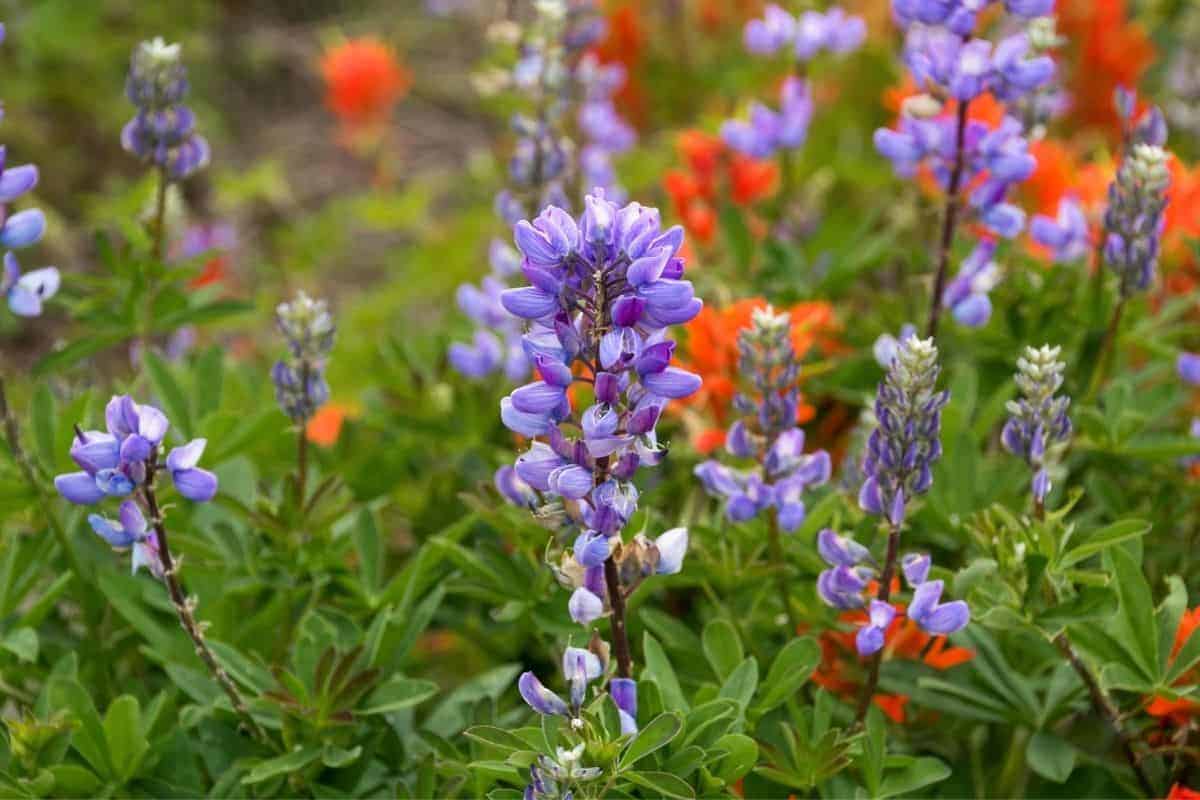
New Mexico Native Plants List
The deserts and mountains of New Mexico are full of amazing colors and scents. It is a great place to grow many herbs as well as ornamental plants. The native plants of the region are often adapted to low rainfall and/or high elevations.
1. Sunset hyssop (Agastache rupestris)
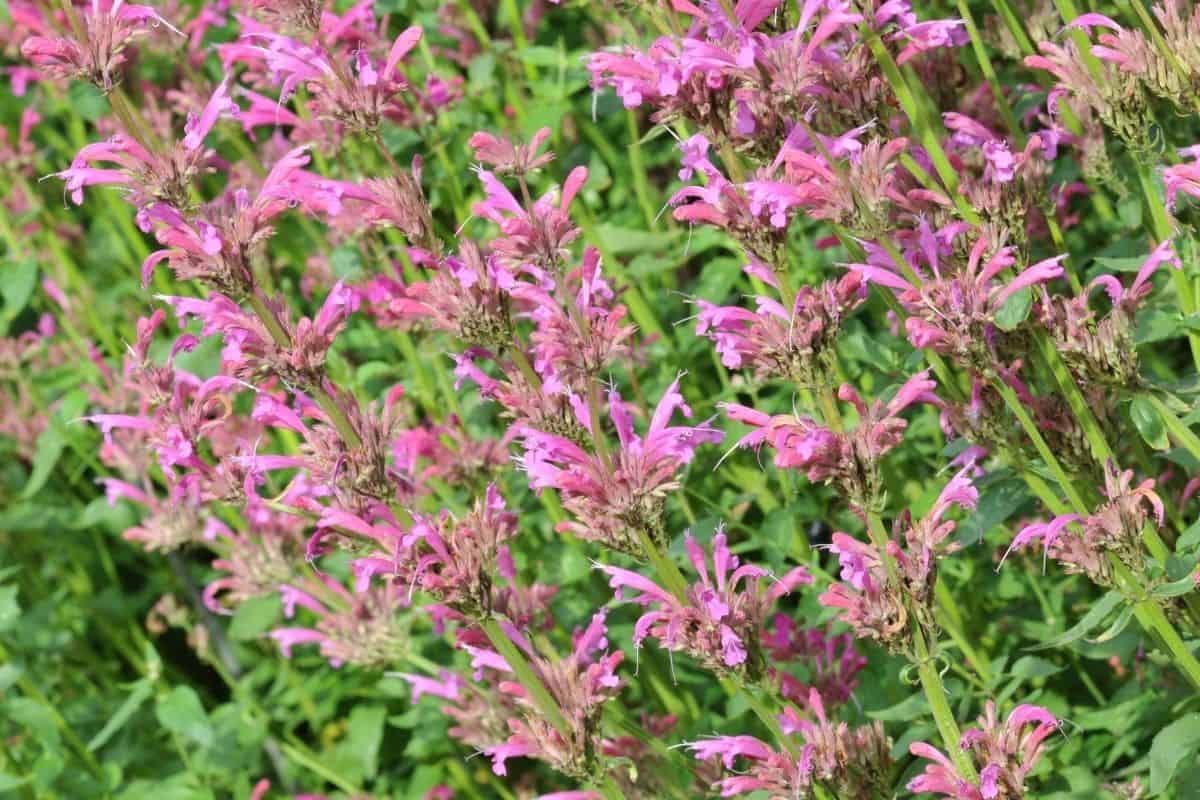
The sunset hyssop is a lovely flowering plant that brings impressive color to any area that it’s planted, and grows to be 1′ to 3′ tall. The flowers are a salmon-orange color and are shaped like a long bell.
The plant attracts both hummingbirds and butterflies, is resistant to rabbits and deer, and it rarely gets pests or diseases. It will need some watering as it is establishing itself, but after that, it is highly drought-tolerant.
It blooms throughout the summer and grows in upright clumps. The sunset hyssop needs full sunlight, but it isn’t picky about its soil. It will tolerate poor soils and dry soils, but it needs soil that drains well.
2. Artichoke Agave (Agave perryi var. truncata)
The artichoke agave is an unusual-looking plant with interesting coloring and a distinctive arrangement of leaves. The leaf arrangement makes this plant look like a giant artichoke. The leaves are silvery-blue, and each of them is topped with a reddish-brown spike.
It rarely blooms, with a single bloom appearing only once and only after the plant is over 10 years old. When they do bloom, they grow a spike that is as tall as 15′ and covered in yellow flowers.
Artichoke agave plants prefer well-draining soils that are either dry or have medium moisture, with the ideal soil being sandy and rocky. It prefers full sunlight, but it will tolerate partial shade.
3. Bearberry (Arctostaphylos uva-ursi)
The bearberry has glossy leaves that are dark green and leathery. In the winter, the leaves turn purplish-red before changing back to green in the spring.
It grows large clusters of pink and white flowers that are shaped like lanterns. The plant grows to 6″ to 12″ tall, so it’s perfect to use as ground cover.
Bearberries grow in full sunlight or part shade, and they don’t need much water. Drought-tolerant, it grows clusters of glossy red berries that are appreciated by birds, especially in the winter.
This plant can grow in soil that is only slightly fertile, and it can be grown in sandy areas that drain well.
4. Lady Fern (Athyrium filix-femina)
The lady fern is a vigorous plant that grows quickly. It’s free from diseases and pests, and it needs little to no care. This deciduous plant has lance-shaped leaves that are a medium shade of green. The stems are usually green, but they can also turn red.
It will grow in partial sun or shade, and it’s perfect for planting under trees to cover the soil. It can grow from 1′ to 3′ tall and will tolerate wet soil and even clay.
It’s not a desert plant and needs regular rainfall to thrive. Lady fern can grow in full sunlight if it gets watered regularly. It likes moist soils, but it is more tolerant of dry soil than most of the other fern types.
5. Tickseed sunflower (Bidens aristosa)
The tickseed sunflower is sometimes called tick seed or Yankee lice. The plant is best known for its bright yellow flowers that resemble daisies. This plant is annual, but it will self-sow.
It prefers full sun but will tolerate partial shade. It’s a water-loving plant that can often be found close to streams and ponds.
If planted away from water, it should be watered regularly.
Easy to grow, this flower grows from 24″ to 48″ tall, and produces many seeds that will attract birds. The tickseed sunflowers, also known as swamp marigolds, are vulnerable to very few diseases and pests. The flowers are 2″ in diameter and grow on erect stalks.
6. Buffalo Grass (Bouteloua dactyloides)
Buffalo grass is a perennial grass that lives for many years and is highly resistant to diseases and pests. Its leaves are curly and have soft hues of gray, light green, and bluish-green. It is highly tolerant of droughts and goes dormant in the fall through the spring. During that time, its foliage is tan.
Use buffalo grass for lawns, ground cover, and for use in prairies and fields. It is tolerant of extremely hot conditions, and it rarely needs fertilizer or water.
Perfect for grazing livestock, it can also help to control soil erosion. It grows in full sunlight and though it won’t grow in sand, it will grow in most other soil types.
7. Purple poppy mallow (Callirhoe involucrata)
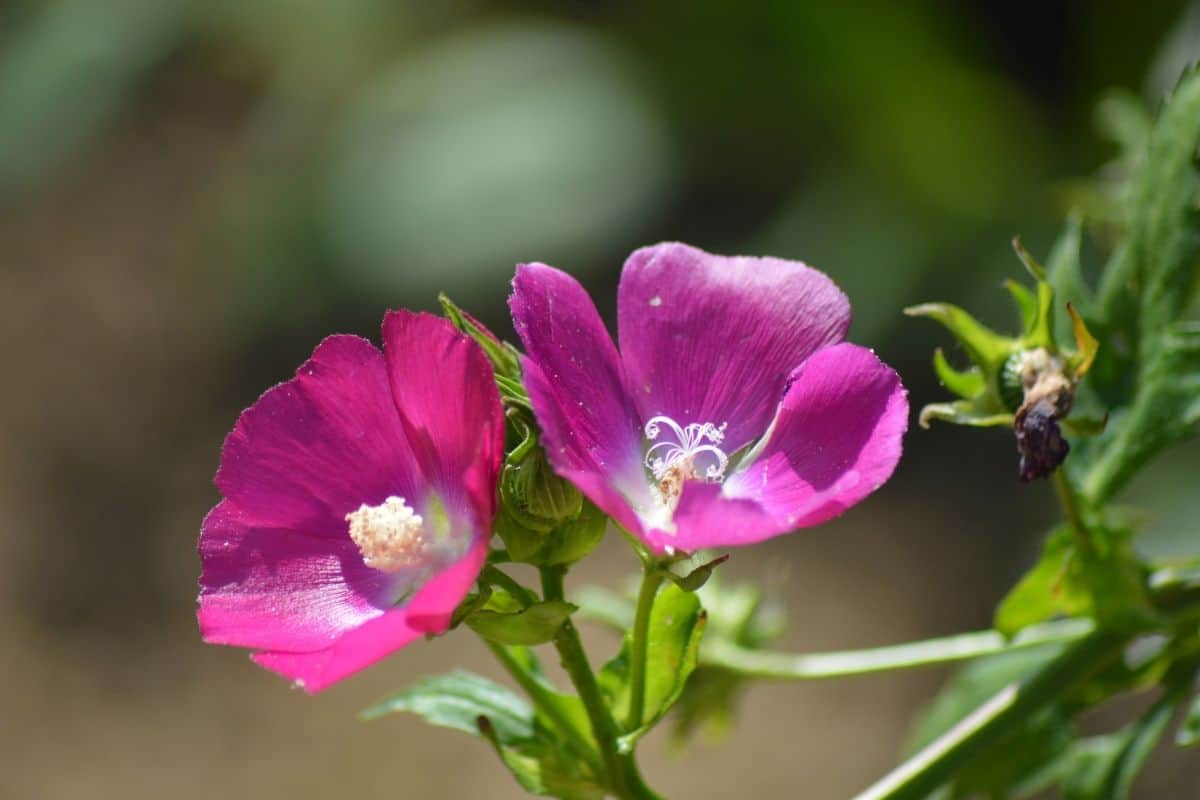
The purple poppy mallow has beautiful, cup-shaped purple flowers that are perfectly set against its deep-green foliage. This plant is short, growing only up to 12″, and the flowers are 2.5″ across.
In the morning the blooms are open, and they close at nightfall.
If the climate is mild, they will grow as evergreen, making them perfect for winter gardens. They prefer full sunlight and will tolerate a range of soil types as long as they drain well. If there is too much water, it can lead to disease. It’s a hardy plant, and it will attract butterflies and hummingbirds. They work well as ground cover as well as border plants.
8. Desert Spoon (Dasylirion wheeleri)
The desert spoon is sometimes called the saw yucca. It’s a succulent that tolerates droughts well and doesn’t need any watering. It needs well-draining soil and full sunlight, though it can tolerate partial shade. It grows slowly and can reach a height of 3′ to 5′.
It’s resistant to rabbits and deer and is free from most diseases and pests. It grows hundreds of silvery-blue leaves that are each tipped with a spike. It isn’t recommended for use on footpaths, but it does very well in rock gardens and arid gardens.
There are some beautiful native plants in New Mexico: which ones will you make part of your landscape?
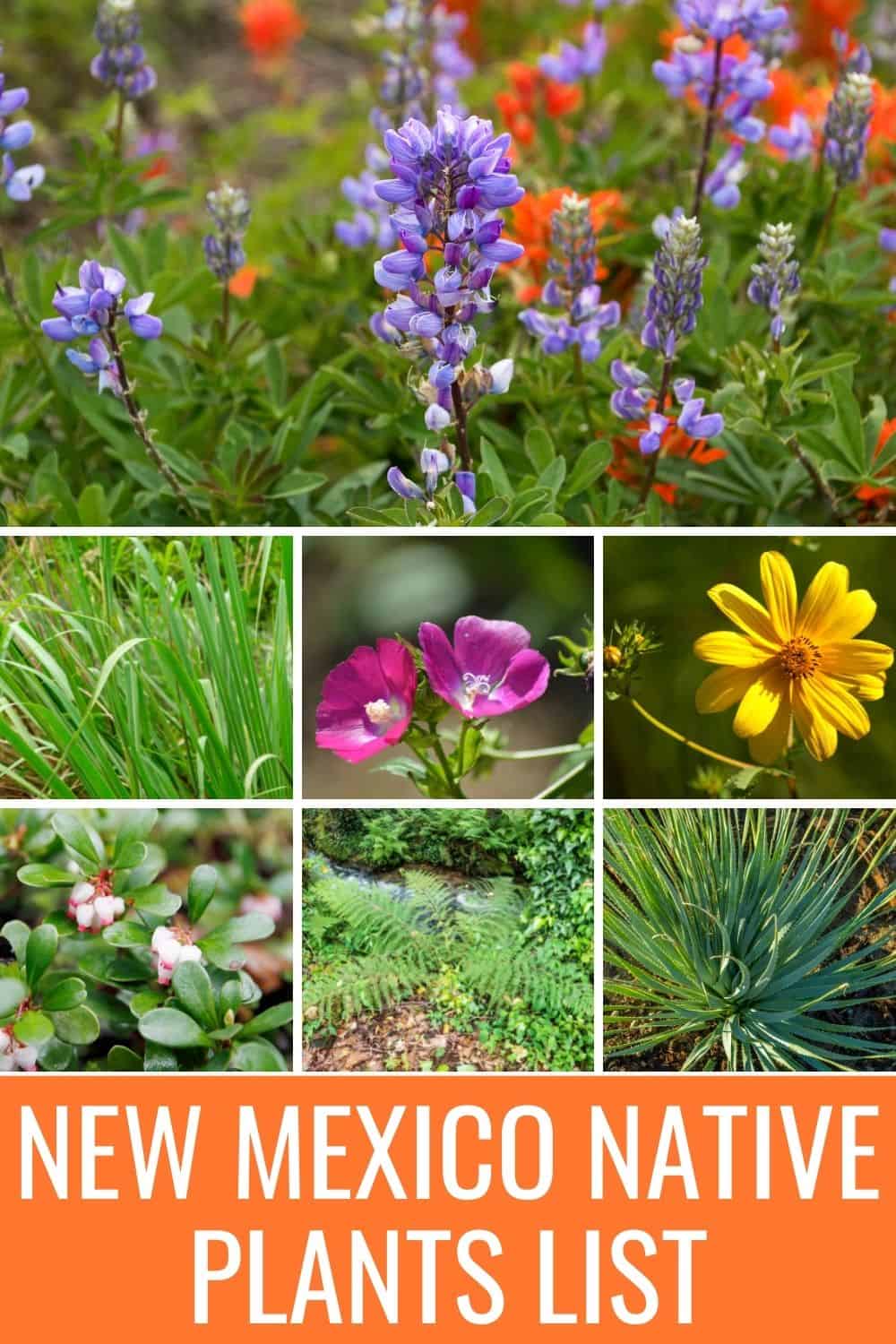

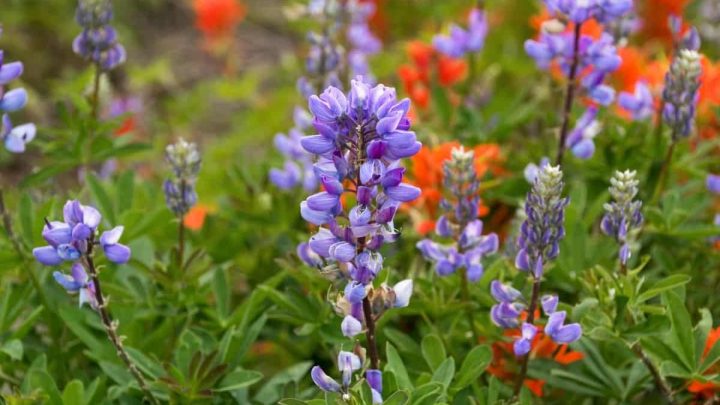







Best Landscaping Ideas For Your Home
Sunday 29th of August 2021
[…] New Mexico Native Plants List – 8 Plants For A Beautiful Landscape […]